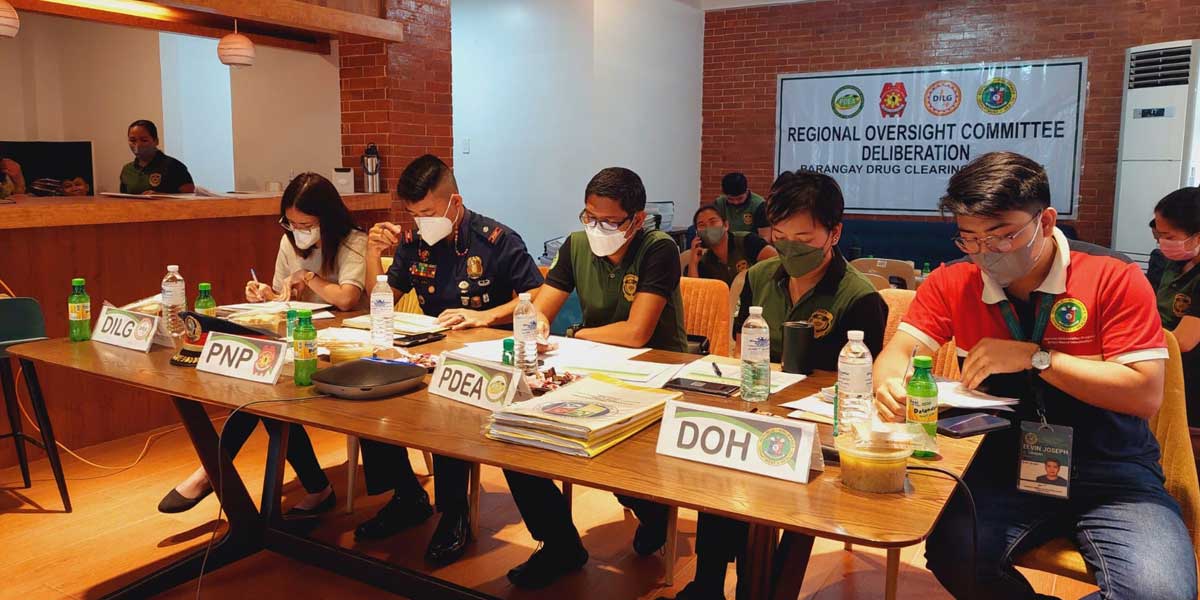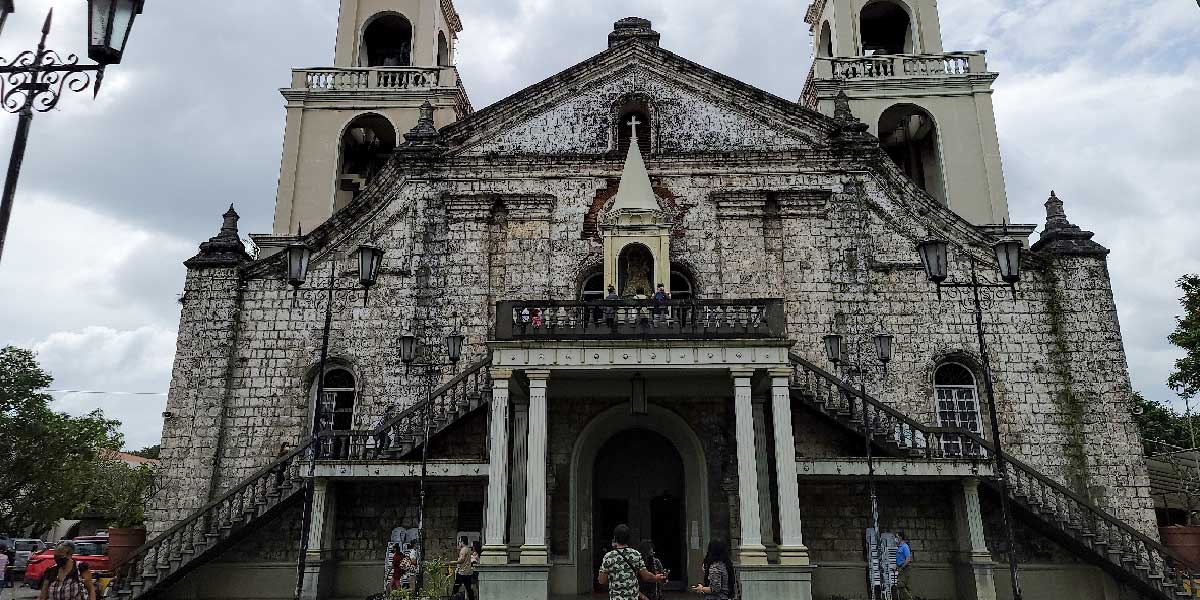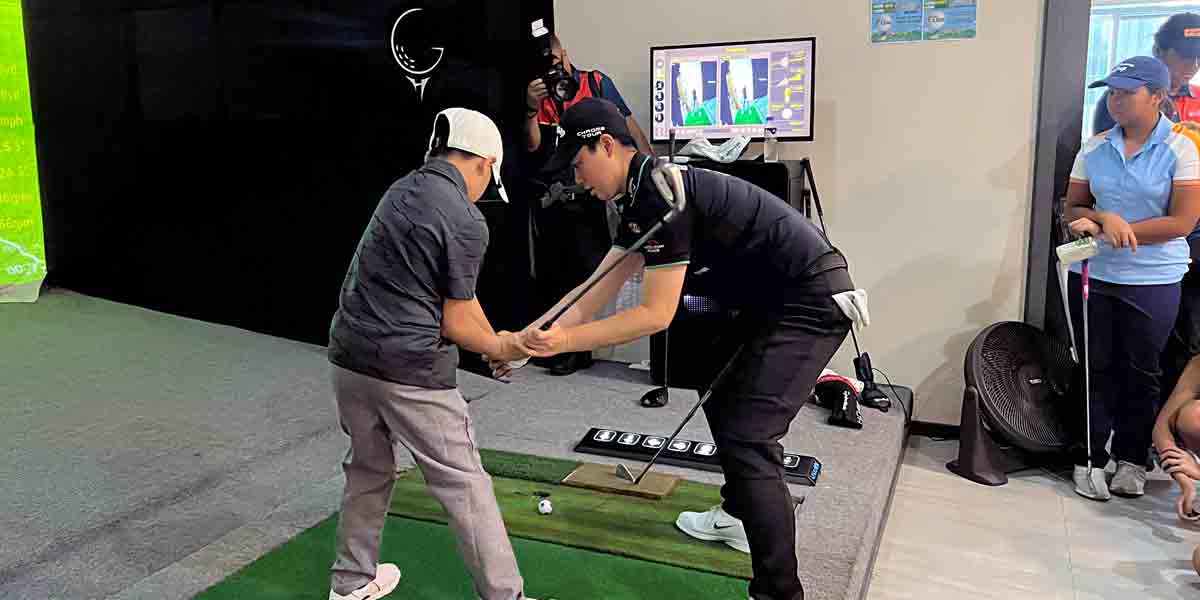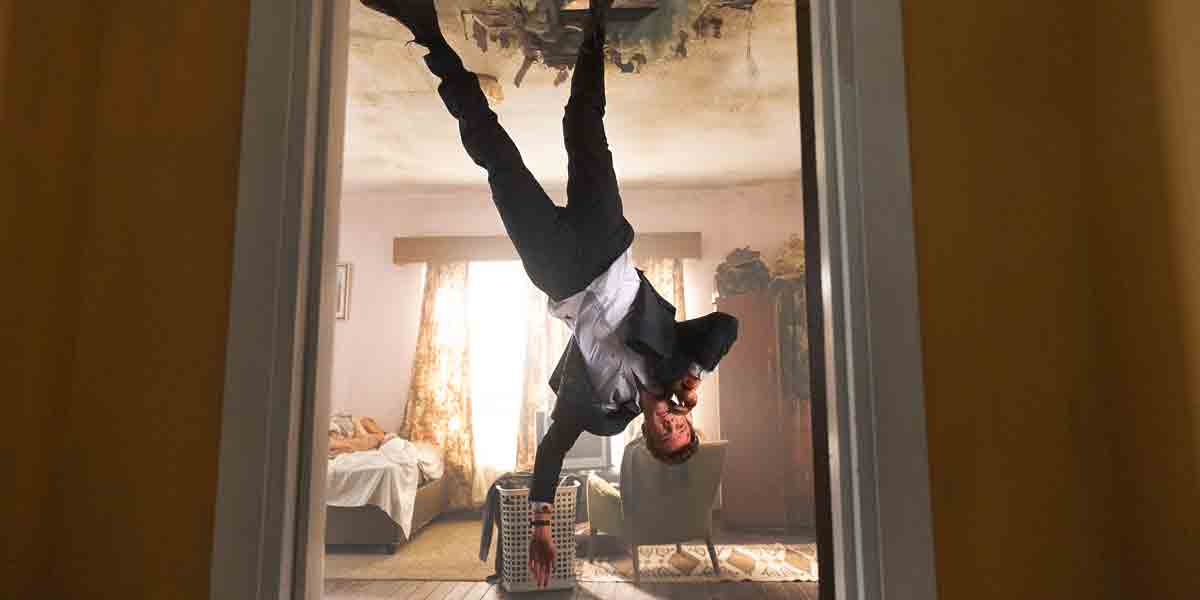
By Jennifer P. Rendon
Getting a barangay to achieve a drug-cleared status is one thing. Maintaining that status is another.
As of July 21, 2022, there are already 3,577 drug-cleared barangays in Western Visayas or 88.32 percent of the region’s 4,051 barangays.
So far, none has reverted to the drug-affected status, the Philippine Drug Enforcement Agency 6 (PDEA-6) said.
“If a barangay is declared drug-cleared, they have to maintain that status,” PDEA-6 Regional Director Alex Tablate said.
Every six months since a barangay is declared drug-cleared, a certificate of no active personalities is issued if the village has retained the said status.
If a new drug personality is monitored, the barangays is given 60 days to clear or neutralize that individual.
Tablate explained that an intelligence workshop is regularly conducted among concerned agencies to verify and inventory drug personalities.
“If the barangay couldn’t clear that in 60 days, that’s a ground for revocation of their drug-cleared status,” he said.
If that happens, “babalik sila sa umpisa, which is difficult already,” he added.
Aside from drug-cleared areas, validation is also conducted on drug-free barangays or those barangays that have not been declared drug-affected since then.
During the July 21, 2022 validation of the Regional Oversight Committee (ROC) on Barangay Drug Clearing Program (BDCP), 18 more villages passed and secured thee drug-cleared status.
Tablate said it was about half of the 37 barangay that applied.
The BDCP, which conducts the deliberation and validation, is a multi-agency group composed of PDEA, Philippine National Police (PNP), Department of the Interior and Local Government (DILG), and the Department of Health (DOH), as well as the respective local chief executives (LCEs) that have jurisdiction of these barangays.
Records from PDEA-6, which chairs the ROC, indicated that Aklan posted a 100 percent rate after all its 327 villages have been declared drug-cleared.
For a barangay to be finally declared as “drug-cleared” or officially “unaffected,” it must comply with all the requirements and parameters set under DDB Regulation No. 3, Series of 2017 on Strengthening the Implementation of BDCP.
These requirements include:
- Non-availability of drug supply
- Absence of drug den, pusher, user
- Absence of clandestine drug laboratory
- Active involvement of barangay officials in anti-drug activities
- Existence of drug awareness, preventive education and information
- Existence of voluntary and compulsory drug treatment and rehabilitation processing desk
These requirements are mandated under Dangerous Drugs Board Regulation No. 3 series of 2017.



















